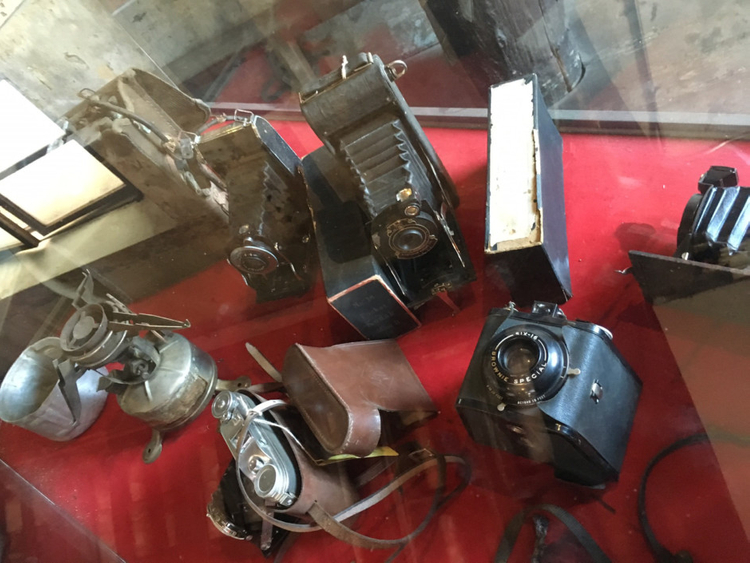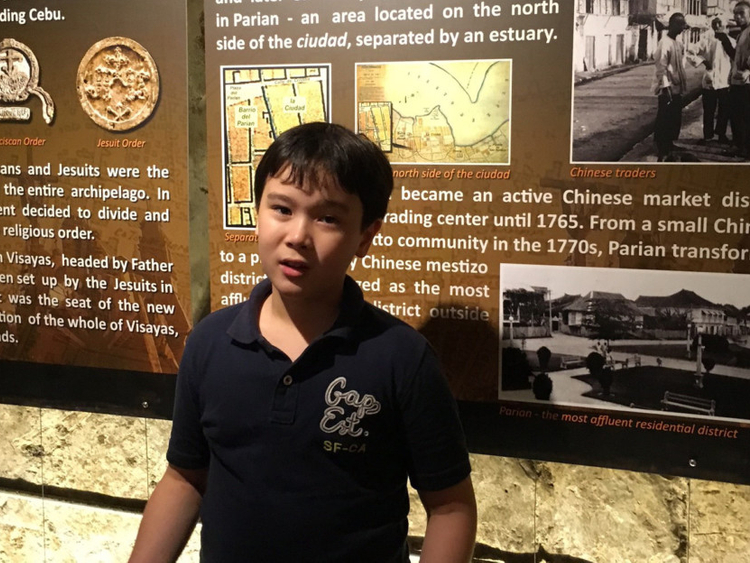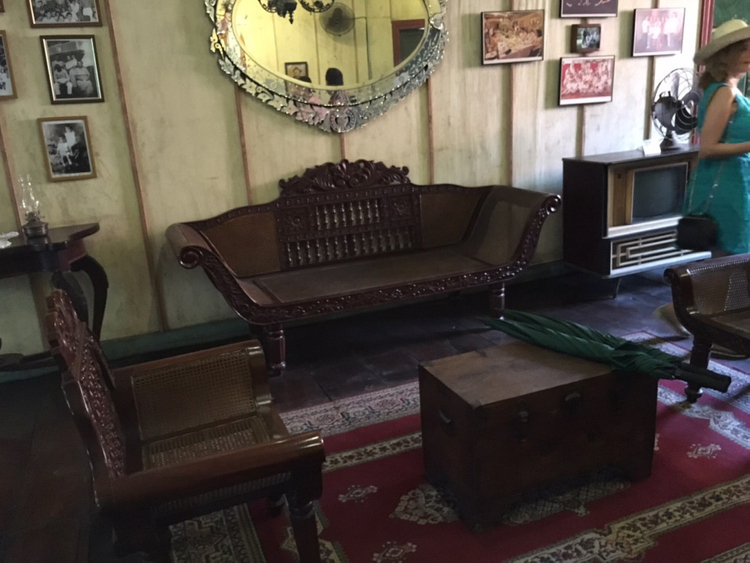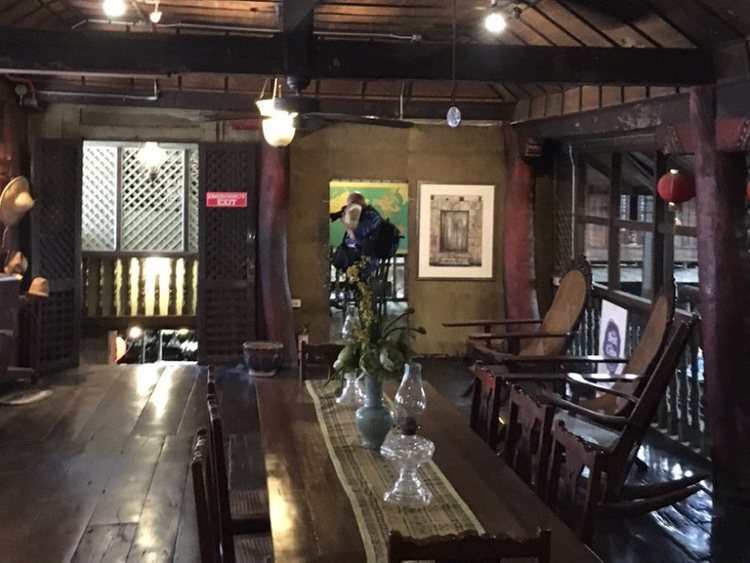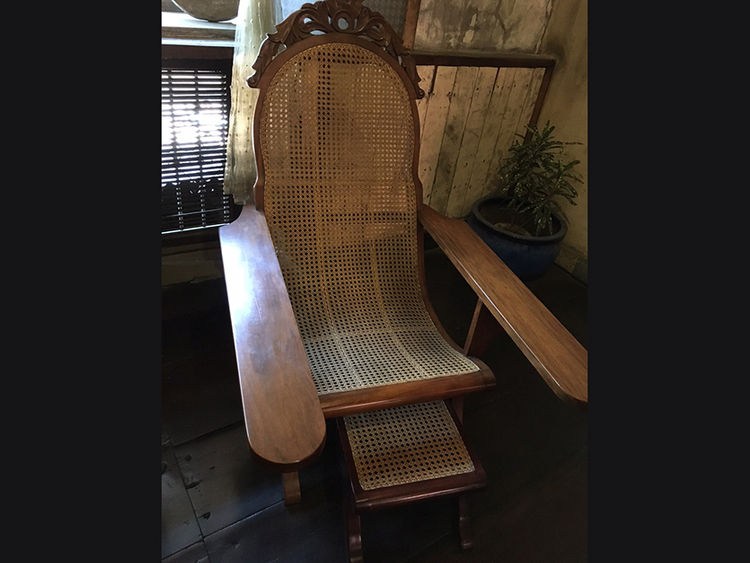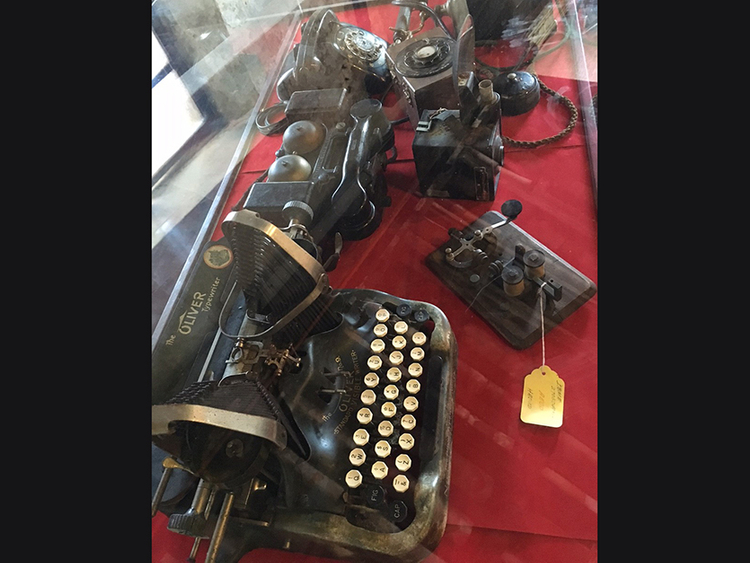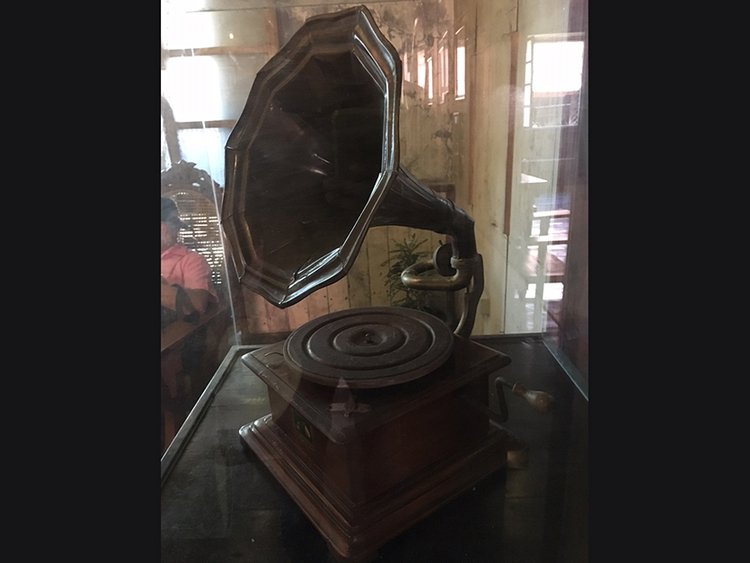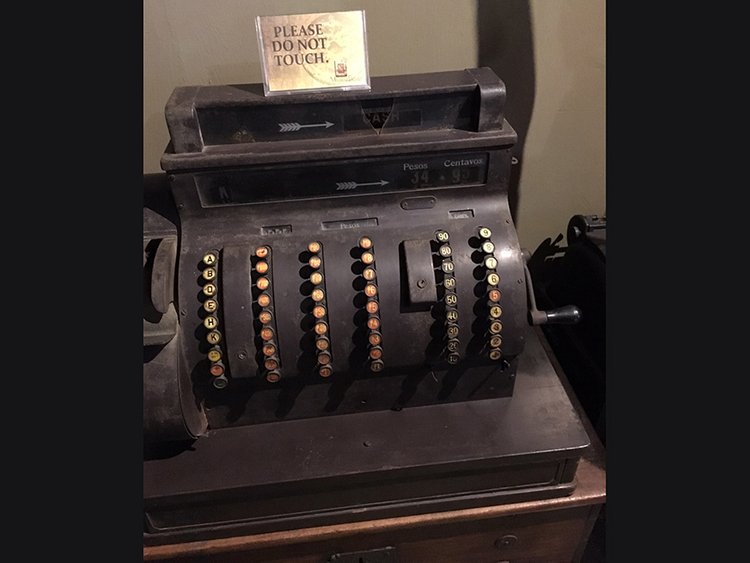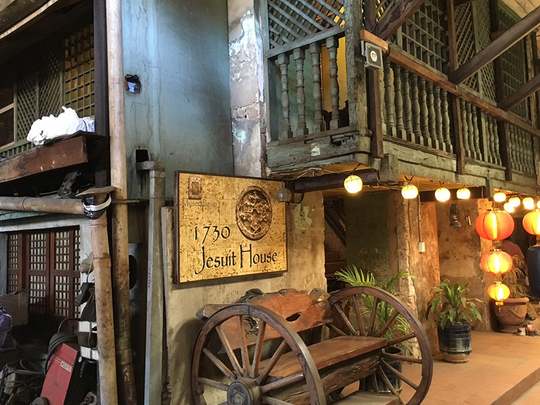
Cebu: Ten-year-old Nathan Sy greeted us at the oldest house in the Philippines. The energetic Nathan was very keen to tell the history of ‘The 1730 Jesuit House’, which is located in the middle of the historic Cebu city in the Philippines.
Nathan is the grandson of Jaime Sy, the owner of the house, and is always happy to give guided tours of the house during his school holidays.
He was well-versed with the minutest details of the house as he briefed a group of journalists who visited the house as part of a tour arranged by Emirates during its inaugural flight to Cebu.
The airline started daily circular flight on March 29 on Dubai-Cebu-Clark-Dubai route. Cebu and Clark have become the 151st and 152nd destinations in the Emirates’ network covering 80 countries across six continents.
“Welcome to my house as I will take you on a tour of our 300-year-old history preserved in this house,” said Nathan who greeted us at the main door of the warehouse. The oldest house is located within the larger warehouse filled with steel and iron plates, pipes and rods.
As Nathan guides us inside the Jesuit House, which has been redeveloped as a museum, the rooms, galleries and exhibits revealed some of the exciting historical aspects of the Philippines. He walked us through the house explaining about paintings, doors, windows, bedrooms, the dining room, the sitting rooms and even the significance of furniture. Like a seasoned architect, he explained the utility of the open spaces, big windows, wooden floors, kitchen and old music instruments.
The Jesuit House is a two-storey building made of coral stone walls, tugas hardwood floors and posts, and terracotta roof connected on its second floor by a walkway to a smaller house believed to have once functioned as the kitchen.
A towering fence hides the house from street view and many people, despite the streamer that hangs on the gate with the words “Welcome To The Jesuit House of 1730,” probably pass by the area ignorant of the historical treasure inside.
According to Cebu City Tourism, Fr William Repetti, S.J., a seismologist and archivist of the Jesuits, identified this old structure as the “Jesuit House of 1730” and pictures of his visit hang on its walls today. Fr Repetti noted the existence of the house in his book published in 1936.
Jaime Sy, who owns the house and who operates Ho Tong Hardware within the compound, said they bought it from the Alvarez family (owner of Montebello Villa Hotel) who had it since the late 19th century. Don Jose Alvarez, the family patriarch, at one time leased the house to Governor Sergio Osmeña who used it as a meeting place for Cebu’s elite.
Historians say the Jesuits were indeed in possession of the house until 1768 when they were expelled from the Philippines following their suppression in Europe.
The Jesuit House offers tourists a glimpse of 18th century life in Cebu.
The Sy family does not live on the house but have kept it as a repository of antique furniture and other items they’ve collected over the years. The house has become a sort of testament to Cebu’s rich cultural heritage.
The house is seen to live another chapter as it continues retelling its past from that moment it was constructed by Chinese artisans, to serving as the headquarters of Jesuit missionaries before their expulsion from Spanish territories, to surviving fire and bombings during the Second World War when it was used by the USAFFE (United States Armed Forces in the Far East) as its headquarters, down to its current status as a museum.


